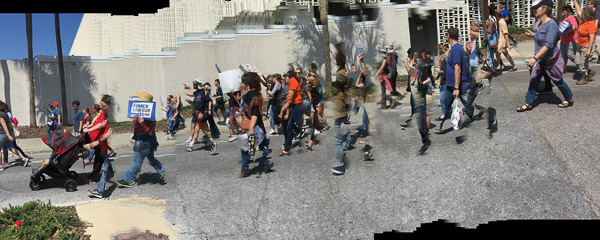Panopainting (verb, noun) – Panoramic photographs captured in real-time with unpredictable, non-deterministic distortions due to movement of the camera (and sometimes the subject). The aesthetic value of these images depends on the camera’s “stitching” algorithm and the physical “brush stroke” performed by the photographer. A degree of “glitching” is expected and often leads to cubist or impressionistic effects. Each exposure is unique due to inevitable variation in subject and technique. [Gallery]
History
Panoramic works of art have been around since early man painted herds of animals on cave walls.

Leonardo da Vinci painted his iconic Last Supper in a panoramic format that appeared to be an extension of the room.
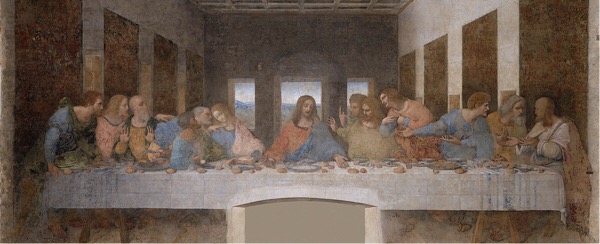
Large-scale painted panoramas (aka cycloramas) of major historic events were popular at the time of the Civil War.

The earliest photographic multi-image panoramas date from around the same time.

The same technique found its way into modern photo albums…

Panographic film cameras were developed and ultimately became inexpensive and disposable.
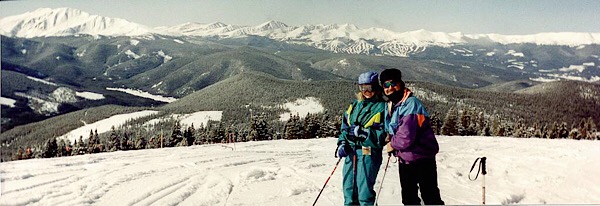
With the digital age came specialized software that could stitch images together into a seamless whole.
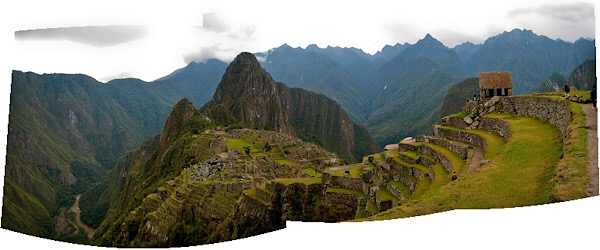
Today panoramic photography is as easy as panning your phone!
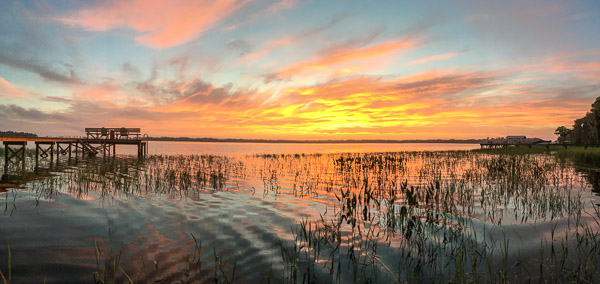
Happy Discovery
For the first few years I took panoramas in the conventional way—sweeping the phone in a horizontal arc.
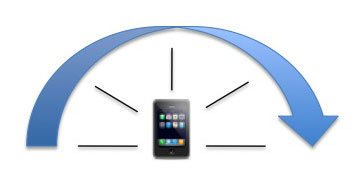
Then one day I faced a novel situation. I wanted to take a panoramic photo of colorful cloth on display in a cramped market. There was only six feet between booths. Using an arc would yield very distorted and unpleasing results, so I improvised. I kept the phone steady and walked parallel to the booth.

The resulting image was flat and undistorted (except the woman who moved as I passed).

I refer to these images as “roll outs” because they remind me of the flattened images of pottery, etc. seen in journals. Link
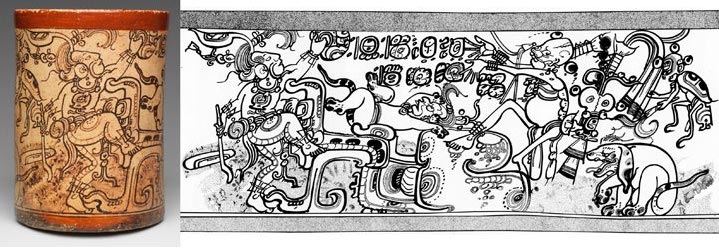
The creative potential of this technique became clear one day when I had some time to experiment on the beach.
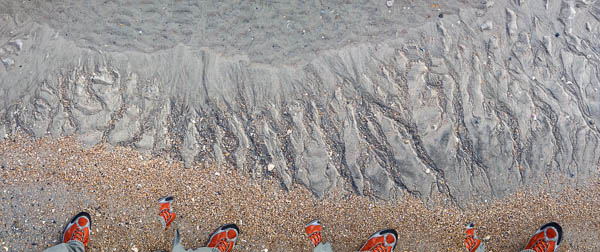
The interaction of the moving camera with the surf and my feet created interesting distortions and time lapse sequences. And thus panopainting was born!
Gallery
Here are examples of my best work so far. [Click on each image to see a high res version. More…]

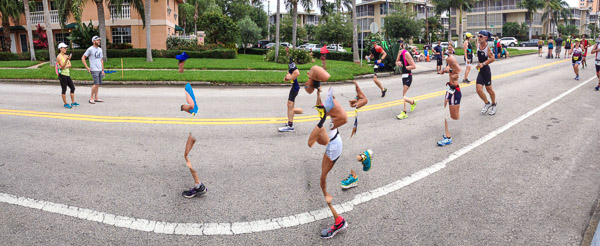
I especially like the sense of motion in the runners [detail], while the spectators on the left are totally unaffected!

